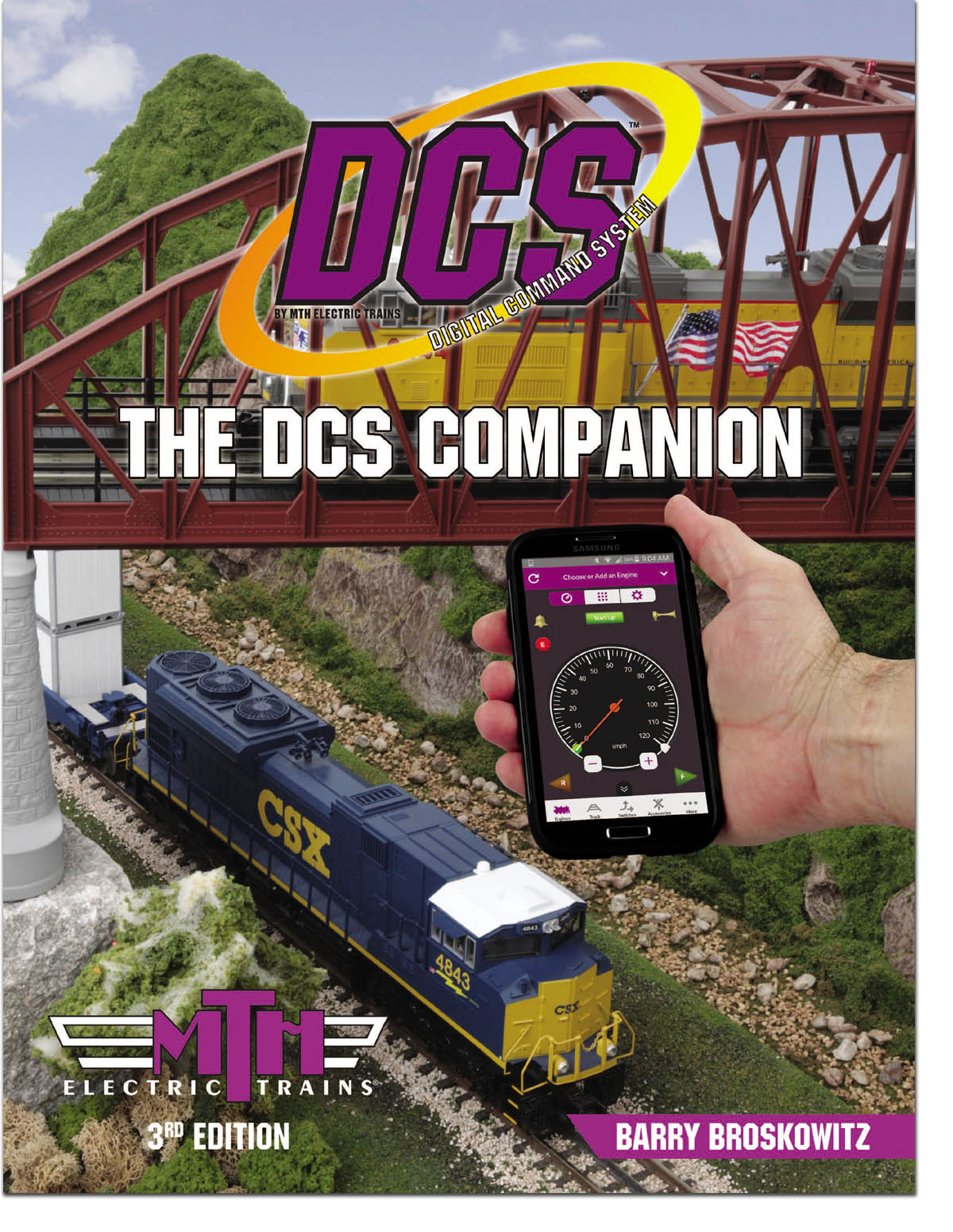I had a serious case of gremlins on Tuesday - several engines that have been used routinely would no longer work on my layout. they either gave the dreaded "engine not on the track" message or they moved in what I would call "stutter steps" and then stopped. I cleaned the track (again), put new batteries in the handheld controller, - nothing could get them to work; finally gave up for the day in disgust. Wednesday, those engines worked perfectly as if nothing had happened (nothing changed except a new day); I used another engine to measure signal strength and got mostly 9's and 10's (hard for me to understand why the signal would go from a 10 to a 6 on the same piece of Gargraves track only inches in difference.
With all this as background, I attempted putting a new acquisition from York on the rails (DMIR Yellowstone with Proto 2 and a new BCR in place): this was a horrible decision. At first I was able to load the engine into the database, however, when trying to start up the engine, I got the dreaded "engine not on the track" message. After trying a number of things (moving the engine to a new place on the layout, inspecting/cleaning the wheels), I took the engine to a friend's house; we were able to immediately get the engine loaded and it ran beautifully on his layout. I brought it home, decided to delete the engine from the database and then reinstall - this time I could no longer discover the engine but instead got the other dreaded message "outside RF range". Cannot come up with a good course of action; how to improve signal strength beyond 10 remains a mystery (that was sarcasm; I am however at a loss for ways to improve signal strength from from a 5 to a 10 for that matter - I also have one "2" that is located on a wood bridge). Suggestions/critiques are welcome.



